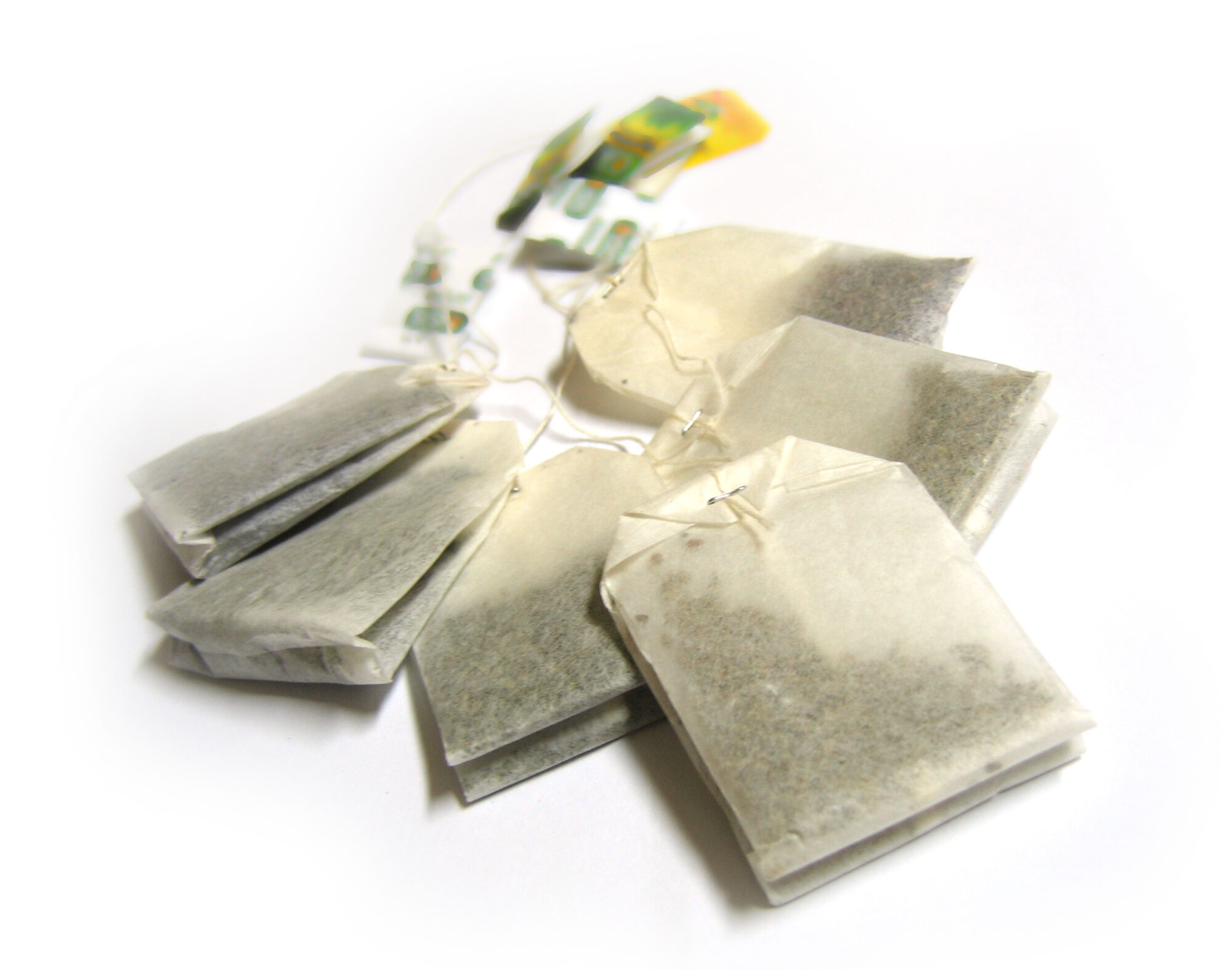
[ad_1]
Not all tea is created equal. You may have heard the terms specialty tea or commodity tea used before, but what do they really mean? In this post, I’ll be exploring the differences between specialty and commodity tea as well as some tips for how to understand which type of tea works best for you.
What Makes Tea “Specialty”?
First and foremost, it’s important to know that there is no standard definition or regulations that determine what is or is not specialty tea. The tea industry is self-policing in this regard. Some have tried to come up with a standard, such as the now-shut-down American Specialty Tea Alliance, but there has not yet been a point of consensus.
In my opinion, specialty tea represents the upper echelon of tea production, focusing on quality over quantity. These teas are often produced using traditional methods that have been passed down through generations. The leaves are typically hand-picked, focusing on the tender young shoots and buds that contain the most flavor. Processing occurs in small batches, allowing producers to control each step meticulously.
The result? Whole, intact leaves that unfurl beautifully when steeped, revealing their origin story through complex flavors, aromas, and mouthfeel. Specialty teas can often be steeped multiple times, with each infusion revealing different aspects of the tea’s character.
Perhaps most importantly, specialty teas maintain their connection to place. They come from specific gardens, mountains, or regions and reflect the unique combination of soil, climate, altitude, and tradition—what wine enthusiasts call “terroir.” This sense of origin gives specialty teas their distinctive personalities and makes them worth seeking out.
Tea has many facets so keep in mind that not everything can be black and white. Most tea in Japan is harvested mechanically but that does not automatically make it commodity tea. A Kenyan black tea might have been harvested by hand but the processing and supply chain it went through afterward are what determines if it is a specialty tea.

Commodity Tea: Meeting Global Demand
In contrast, commodity tea focuses on meeting the massive global demand for tea as an everyday beverage. That is not a value judgment, but a statement of its intended use. Commodity tea is produced on an industrial scale, harvested by machine when possible, processed in large batches, and blended extensively to ensure a consistent product year-round.
Smallholder producers will often sell their harvests to bought-leaf factories where they are intermingled with teas made by other surrounding farms. At the end of the supply chain there is no way to trace exactly which location the finished product came from.
The emphasis here is on efficiency and standardization rather than distinctive character. The leaves are often broken or crushed during processing, resulting in smaller pieces that infuse quickly but lack the complexity and multiple-steeping potential of whole-leaf teas.
You’ll find commodity tea in most supermarket tea bags, ready-to-drink bottled teas, and as ingredients in mass-market blends. These teas play an important role in providing affordable, accessible tea to millions, but they rarely showcase the nuance and diversity that specialty tea can offer.

Key Differences in the Cup
The differences between specialty and commodity tea become most apparent when you brew them side by side. Specialty teas reveal layers of flavor that evolve as you drink, with distinctive beginnings, middles, and finishes. Their complexity might include notes ranging from floral and fruity to nutty, umami, or mineral characteristics.
Commodity teas deliver a more straightforward experience. They’re designed to provide a consistent flavor profile that’s familiar and unchallenging. Large multinational brands such as Lipton blend a variety of teas sourced from across the globe to create the standard taste that customers have come to expect. While they can certainly be enjoyable, they rarely surprise the drinker with unexpected notes or evolving flavors.
The Price Factor
The price difference between specialty and commodity tea reflects their divergent production methods. Specialty teas require more labor, expertise, and time to produce. Great care is taken at each step—from cultivation to processing to packaging. This adds cost but also adds value.
Commodity tea’s efficiency-focused approach keeps prices low, making it accessible to everyone. This accessibility has helped tea become the second most consumed beverage in the world after water.
Impact on Communities and Sustainability
The specialty tea market has created opportunities for small-scale producers to earn premium prices for exceptional products. This model often supports traditional farming practices, encourages biodiversity in tea gardens, and helps preserve cultural heritage around tea production.
The commodity market, while providing stable employment for many, tends toward monoculture plantations and industrial processing which may have greater environmental and human impacts. However, the larger production scale allows for efficiencies that smaller producers cannot achieve.
Making Your Choice
Both specialty and commodity teas have their place in today’s world. For daily drinking where convenience matters, commodity tea fits the bill for those reaching for tea bags or ready-to-drink iced teas. For moments when you want to slow down and explore tea’s remarkable diversity or support traditional producers, specialty tea offers an elevated experience.
Many tea drinkers maintain a collection that includes both: specialty teas for mindful moments of appreciation and simple commodity teas for everyday refreshment. The beauty of today’s tea market is that we have this choice.
Whether you choose specialty or commodity tea—or both—understanding the differences helps you appreciate what’s in your cup and the journey it took to get there. The important thing is finding teas that you enjoy and that fit your lifestyle, values, and budget.
Help Support This Site

Support my work in tea by joining my Patreon community. For $2-$5 a month you’ll receive access to exclusive behind-the-scenes content, my private Discord server, surprise quarterly packages, and more!
[ad_2]
Source link

